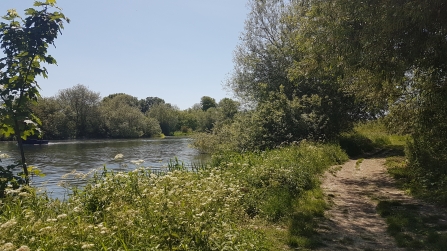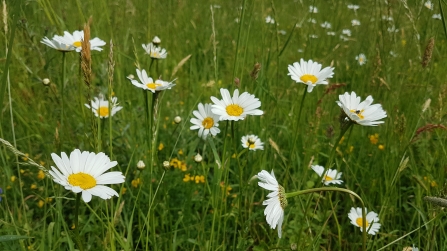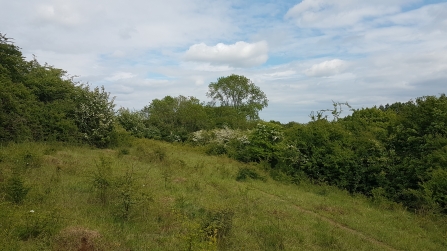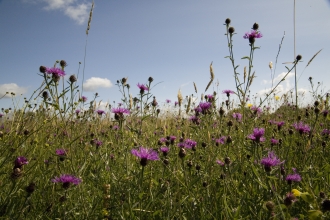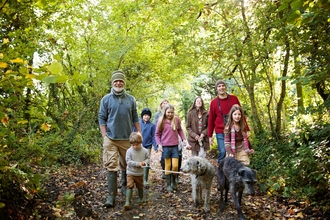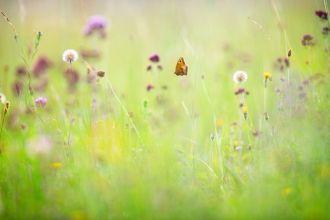Make it an adventure: arrive at a nature reserve on foot
Until lockdown, I’d usually get in the car and drive to a local nature reserve, pootle round it, then drive home. With more time, and a clamouring for adventure, I’ve discovered that one of the most rewarding ways to visit a reserve is by walking to it.
Exploring surrounding areas on foot has given me the opportunity to appreciate how nature reserves play their part in the wider landscape. Then there’s the simple satisfaction of arriving somewhere under your own steam. Of course, it’s also a bonus for the reserves too, with many currently struggling from an increase of traffic with very limited parking.
Obviously, our wildlife is completely unaware of nature reserve boundaries and I’ve had some excellent sightings on the surrounding footpaths. A fox passed right in front of me on an early morning wander, I’ve caught sight of a hare racing across a neatly ploughed field and seen peacock butterflies decorate the hedgerows.
Particularly on early morning walks, I’ve also started to notice the subtle signs that I’m close to a nature reserve. The birdsong becomes louder, wild flowers in the verges more prolific and the air fizzes with insects.


